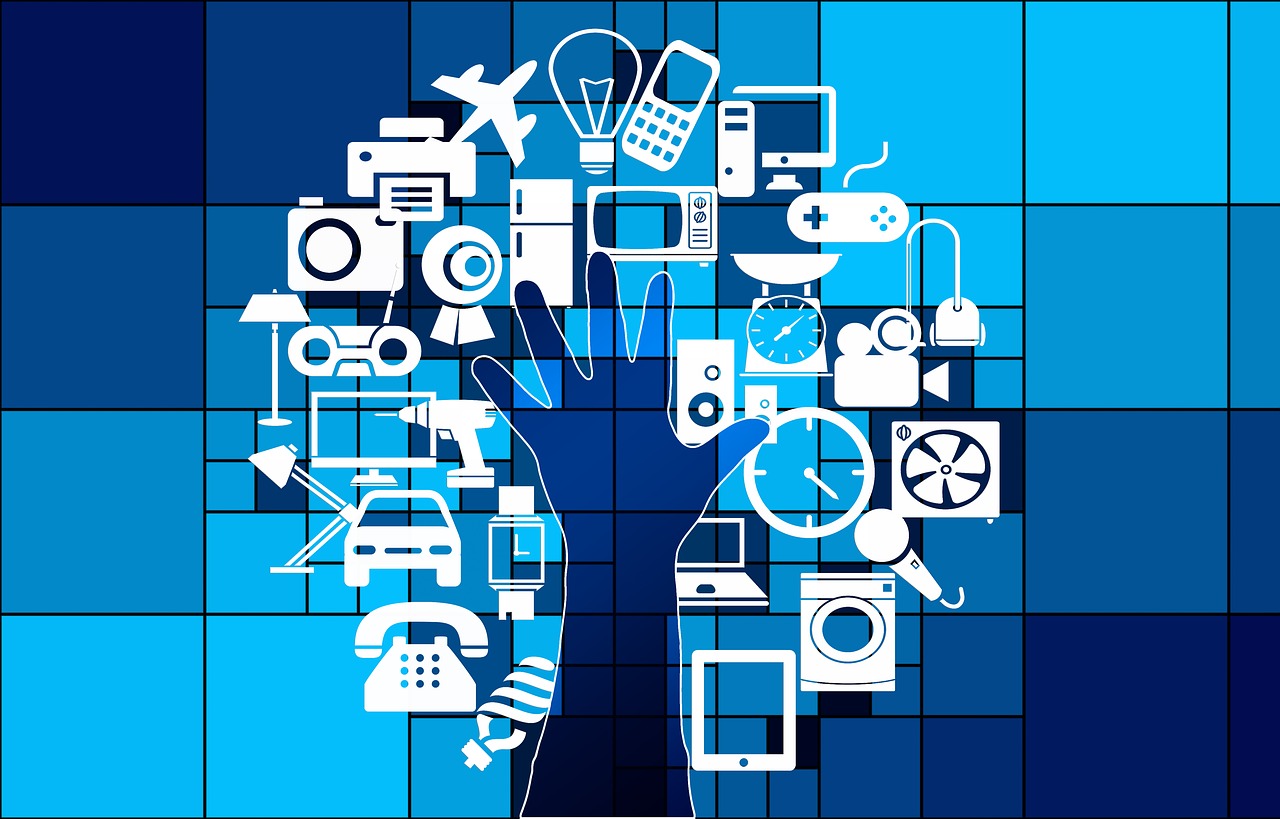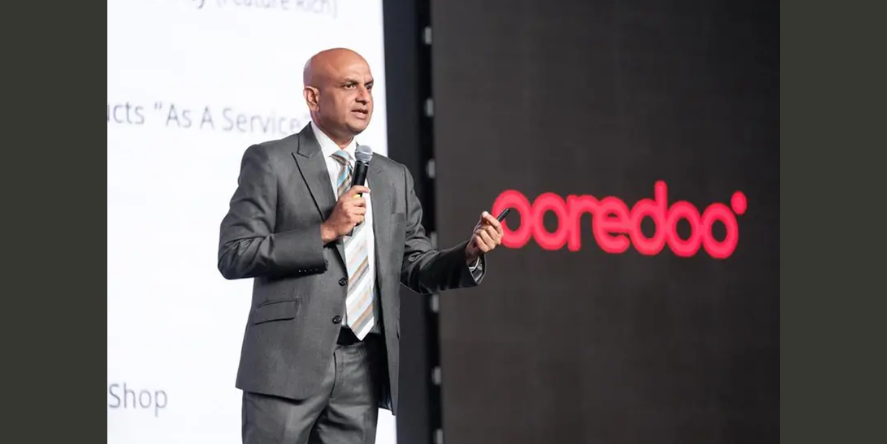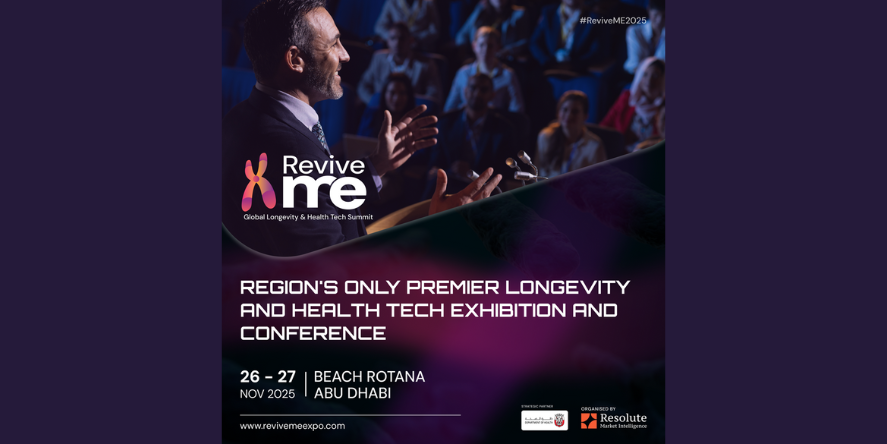By Aarthi Janakiraman, Research Manager, TechVision, Frost & Sullivan
Connectivity, convergence, efficiency and transparency are common themes influencing technology adoption in various industries. The evolution of the Internet of Things (IoT), artificial intelligence (AI) and other such technologies has laid the foundation of a technology and innovation ecosystem that can be fully automated, traceable and transparent—primary requirements in the supply chain, retail and packaging industries. Underlining all of these industries is the migration toward the phygital world. The use of phygital technologies (a combination of digital and physical) combines the benefits of both online and offline environments to give a more rounded and engaging customer experience. With various ways of implementing phygital experiences, phygital packaging remains one of the most viable ways to achieve desired results.
Phygital Packaging: Reaping extended benefits from packaging solutions
Phygital packaging is an integrated packaging concept wherein sensors and other digital components are integrated into the primary or secondary packaging to impart added functionalities and value-added benefits. While phygital packaging can be considered a more evolved concept of smart packaging technologies, the higher magnitude of digital integration, incorporation of IoT elements and connected ecosystem give it a unique value proposition compared to conventional and smart packaging technologies.
It offers desired functionalities and innovative properties compared to traditional or smart packaging through the combination of materials and integrated digital elements, sensors, RFID tags, etc., in a flexible packaging design. Phygital packaging is intended to communicate with consumers, increase traceability across supply chains, prevent counterfeiting, increase the shelf life of products and minimize food waste when used for packaging food and beverage products.
Technologies Enabling Phygital Packaging
While traditional smart packaging solutions rely mostly on RFID tags, time-temperature indicators, temperature sensors, and barcodes to introduce interactivity onto the packaging solution, phygital packaging relies on multiple sensors, sensor fusion, IoT, augmented reality/virtual reality (AR/VR), AI, etc., to provide multiple benefits.
Apart from restoring product integrity, value-added benefits, such as tamper-proofing and child resistivity, are gaining traction. The interest of end-use companies to promote and establish brand awareness among consumers also opens up opportunities.
Various electronic components are integrated onto the packaging substrate based on endapplication requirements. Some, such as flexible and printed electronics, AI chips, and VR displays, are gaining momentum as promotional tools and as a way to increase transparency in
supply chains and promote brand recall and awareness. The choice of electronic, sensor and IoT components also depends on the substrate or the packaging material.
While a wide range of polymers such as conductive, smart, recycled and conventional polymers are preferred materials for phygital packaging, others, such as paper, cardboard, glass and metal alloys, are also used in secondary and tertiary packaging.
Wide Application Potential
Ongoing innovations in digital, smart sensors and electronics technologies can improve functionality and help develop targeted and interactive packaging solutions. Phygital packaging is being used by product developers and brands in the food and beverage (F&B), fast-moving consumer goods (FMCG) and personal care industries to increase consumer interactions. Incorporating digital elements onto packaging can help provide details about the product and help disseminate additional information about it and other company offerings, plus gain customer feedback. F&B companies are exploring the use of phygital packaging to introduce gaming experiences and educational information targeted toward younger demographics as a part of various marketing activities. A direct impact of COVID is the increased focus on food safety and traceability; the rising importance of anti-counterfeiting measures, cold chain supply chains for vaccine storage and movement in the pharmaceutical industry; and gaining momentum toward transparency and tracking the movement of goods throughout the supply chain due to rising dependence on online and virtual shopping and to prevent loss and damage of goods. Integrating sensor fusion, IoT, and AI technologies onto a packaging substrate can help overcome these challenges.
The Final Word
Since phygital packaging can provide an out-of-the-box value proposition, stakeholders are looking into developing multifunctional, integrated packaging with new and enhanced functionality by using renewable materials in line with the circularity trend. The COVID and postCOVID era has increased the reliance on online platforms and boosted interest in immersive experiences amongst consumers. Phygital packaging solutions can help brands test and implement a hybrid business model with a physical and digital presence. Successful implementation can help brands and product developers rethink their marketing strategies and create an effective consumer experience.
Despite established value propositions, the adoption of phygital packaging is still at emerging stages. This is mainly due to the higher cost of deployment compared to conventional and smart packaging solutions, trade-off between price vs. performance debates amongst industry stakeholders, and the absence of large-scale deployment efforts. Easy-to-use packaging designs, cost-effective sensors and digital technologies, increasing production scale, and the incorporation of digital printing solutions can help achieve the desired ROI for technology and product developers and help position phygital packaging technologies for mainstream adoption.
Copyright 2021 reserved for the contents, image by International Business Magazine and Frost & Sullivan










